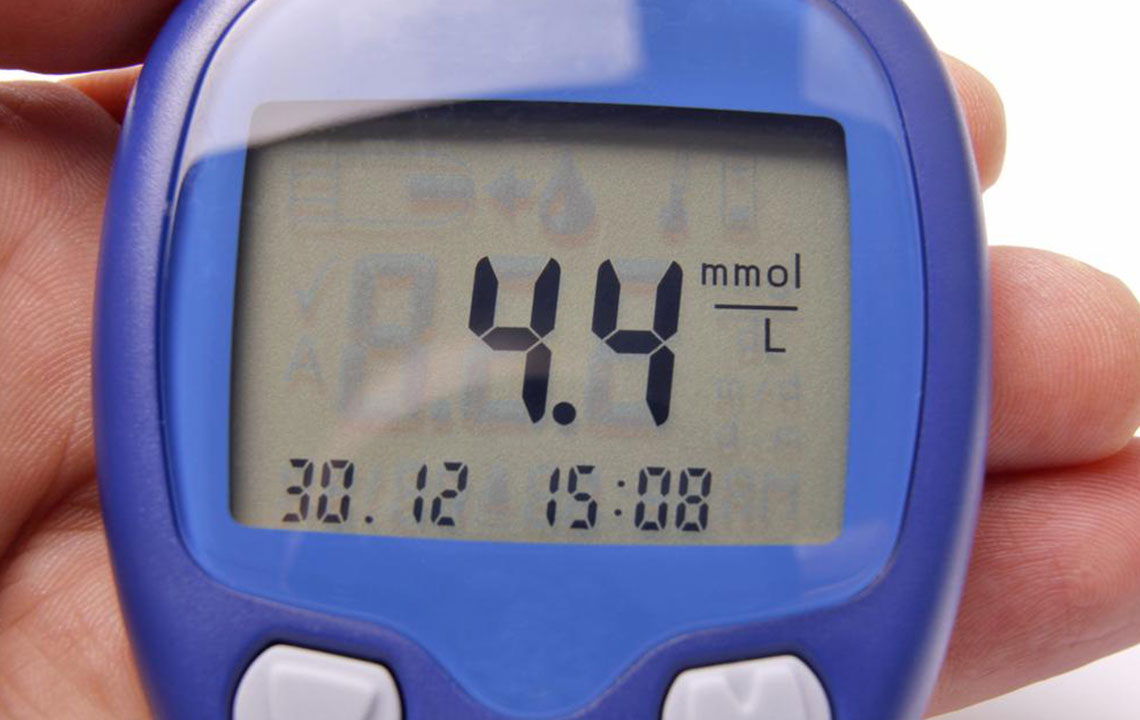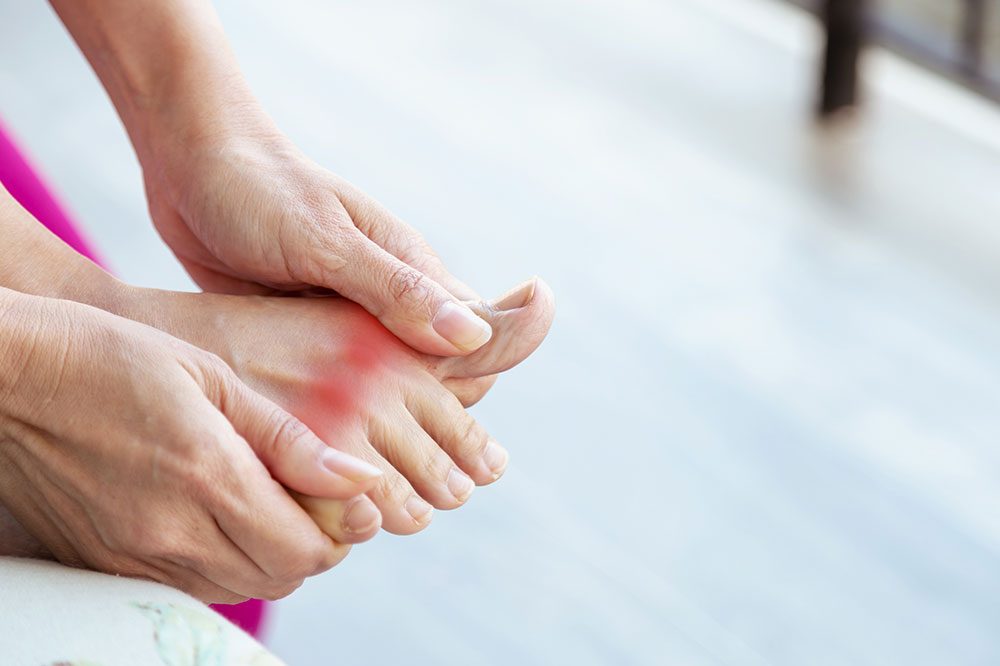Signs and Management of Low Blood Sugar Levels
Learn to recognize the symptoms of low blood sugar and how to manage hypoglycemia effectively. This article covers mild to severe signs, nocturnal hypoglycemia, and prevention tips, emphasizing the importance of prompt treatment and emergency preparedness. Protect yourself by understanding the early warning signs and carrying essential supplies to handle hypoglycemic episodes confidently.

Signs and Management of Low Blood Sugar Levels
Low blood sugar, or hypoglycemia, occurs when the body lacks sufficient glucose. Since glucose is the primary energy source, monitoring blood sugar is crucial for diabetics. Symptoms vary based on severity, from mild dizziness and shakiness to severe complications like fainting or coma. Early signs include confusion, irritability, hunger, sweating, and rapid heartbeat. Mild cases often resolve with quick sugar intake, whereas severe hypoglycemia needs immediate medical attention. Recognizing symptoms and carrying emergency supplies such as glucose tablets or gels are vital for safety.
Common Symptoms of Hypoglycemia
Symptoms like dizziness, trembling, hunger, pallor, irritability, headaches, and rapid heartbeat are typical of low blood sugar. As symptoms worsen without treatment, individuals may experience coordination issues, numbness, fainting, nightmares, or coma. Early detection allows prompt intervention to prevent serious outcomes.
Mild Hypoglycemia (Below 70 mg/dL)
Typically affects children and individuals with mild symptoms such as sweating, nervousness, weakness, nausea, anxiety, blurred vision, and dizziness. These symptoms generally improve with sugar intake.
Moderate Hypoglycemia (Below 40 mg/dL)
Causes difficulties in concentration, confusion, twitching, unsteadiness, emotional changes, speech slurring, and feelings of helplessness. Immediate action is necessary to prevent escalation.
Severe Hypoglycemia (Below 20 mg/dL)
Extremely dangerous, with risks of seizures, unconsciousness, or death. In emergencies, glucagon injections and calling emergency services (911) are critical. Do not attempt to feed or give fluids to unconscious individuals.
Nighttime Symptoms
Nocturnal hypoglycemia can cause sweating, restlessness, nightmares, sleepwalking, or waking up with a headache. Monitoring blood sugar levels during night is advisable for at-risk individuals.
Hypoglycemic Unawareness
Some people may not recognize low blood sugar symptoms, risking sudden unconsciousness. Regular testing, carrying quick sugar sources, and glucagon kits help manage such cases effectively.
Prevention Strategies
Frequent blood sugar monitoring, consuming carbohydrate-rich snacks before activities, and carrying quick-acting glucose sources like candies, gels, fruit juice, or honey can prevent hypoglycemic episodes. Maintaining regular meal times and carrying emergency supplies are recommended to manage blood sugar levels proactively.
Note:
Our articles aim to provide useful health information across various topics. While research supports our content, it should not replace professional medical advice. Always consult healthcare professionals for diagnosis and treatment, and be aware that third-party products or offers may vary.










